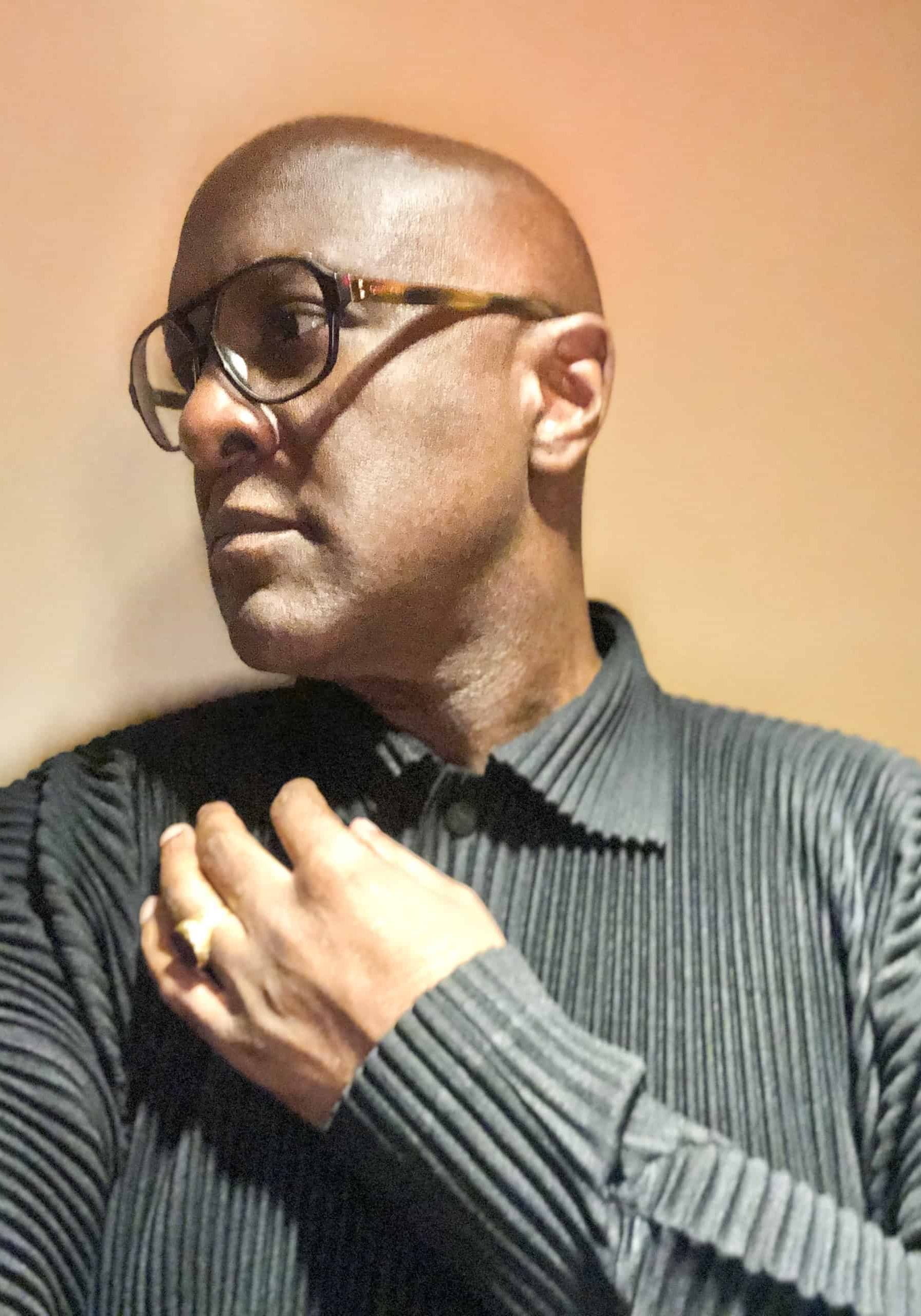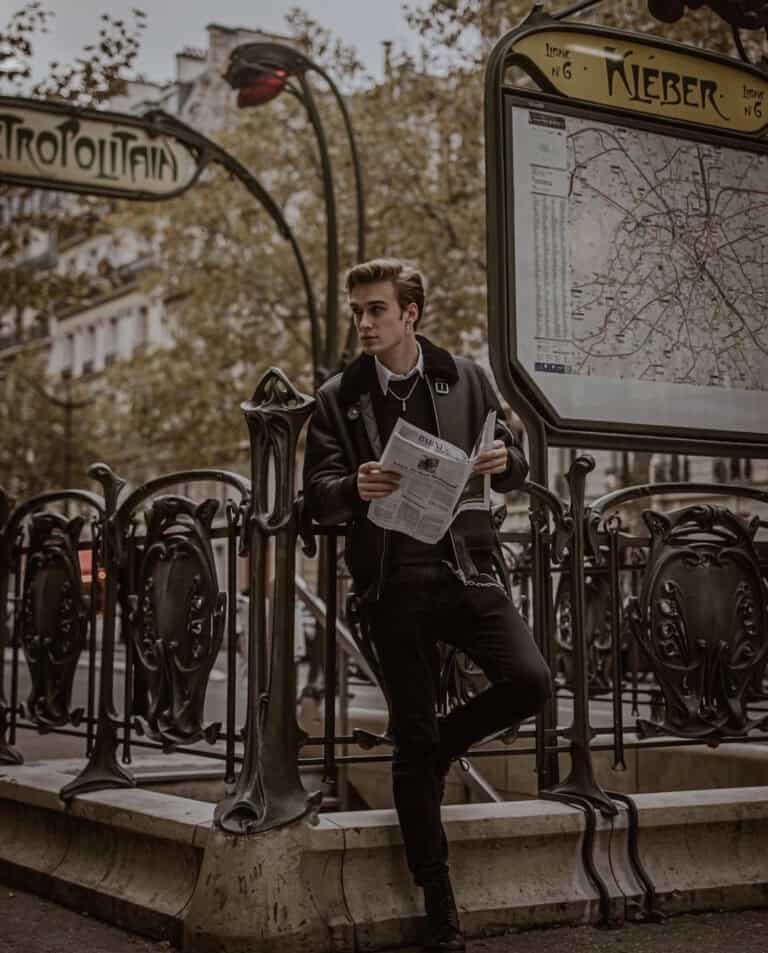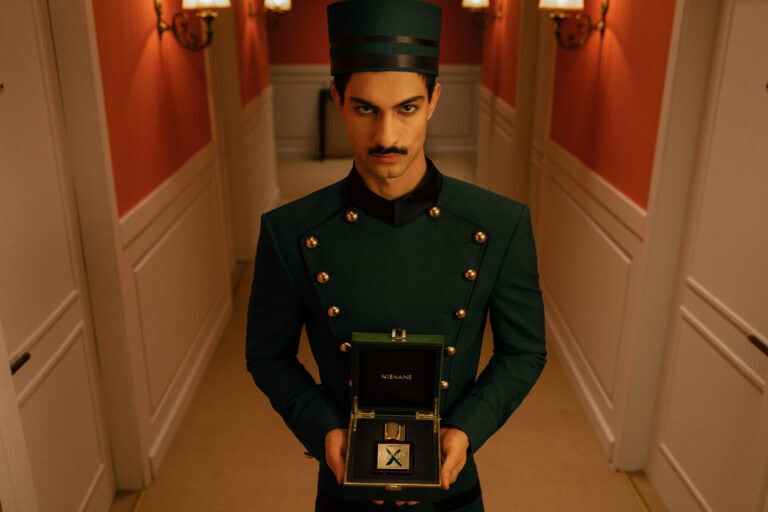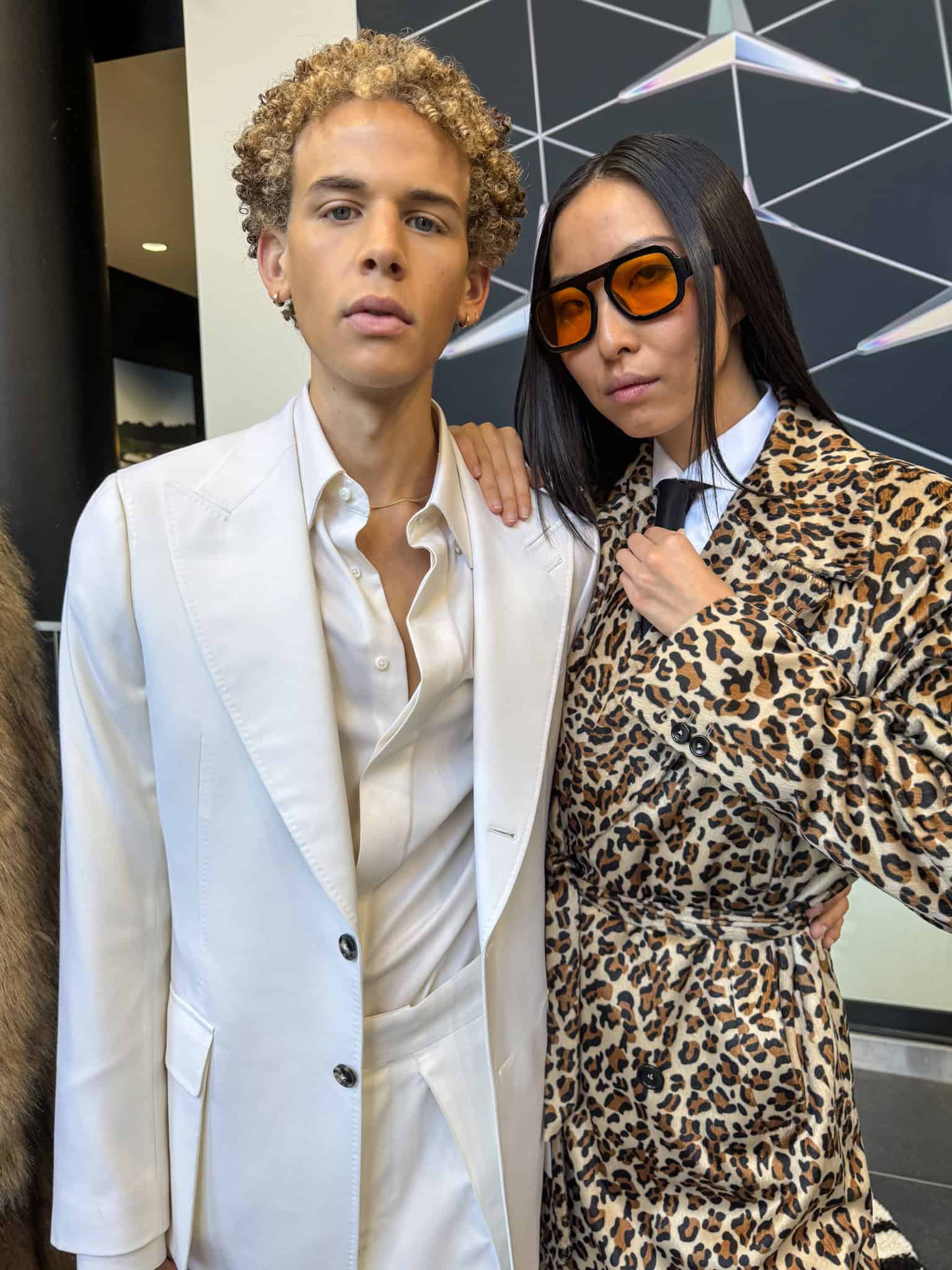
Peak Lapel & Oxblood Zebra
Patrick Michael Hughes
Sporty and Debonair Storytelling at New York Men’s Day
New York Men’s Day, the recognized commencement of New York Fashion Week. Opened Fashion Week Spring 2026 in a place that already knows how to stage spectacle: Mercedes-Benz of Manhattan. Floor-to-ceiling windows threw the edges of the West Side into the room. Neighborhood commuters outside blurred into silhouettes. Whilst inside the first collections of spring remind you that New York fashion is still about that old question, Who are They? The answer however, arrived in two parts, Peak Lapel & Oxblood Zebra.
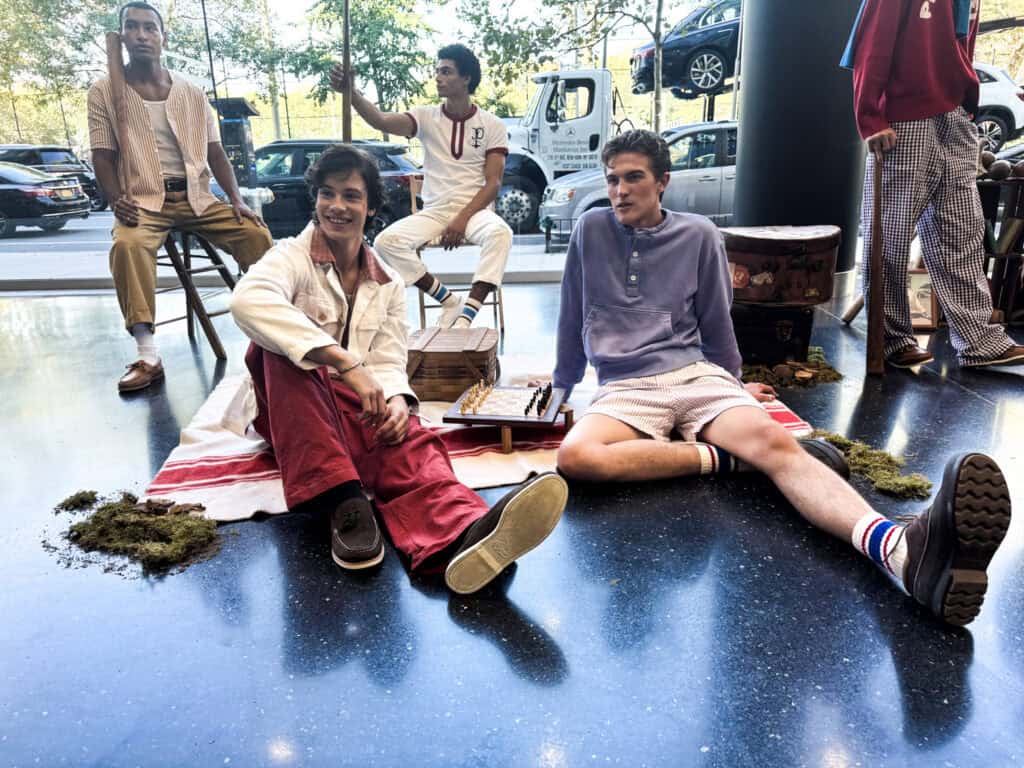
Peak Lapel NYC: Lawn Games
Jack Milkes and Ben Stedman, the Parsons alumni behind Peak Lapel. Have built their label on the tension between prep heritage and lived-in ease. Their Spring 2026 collection, titled Lawn Games, sharpened that stance. There were rowing blazers, one featured a hand-flocked pennant, gingham cut with Henley sweatshirts with marsupial pockets. Baseball tops washed soft enough to recall sports camp summers. Fabrics shifted from denim to cotton to jersey. All in colors that moved like a map from Cape Cod to Los Angeles private schools. Consequently a standout look was a double-breasted blue cotton suit, part artistic sac suit and part workwear.
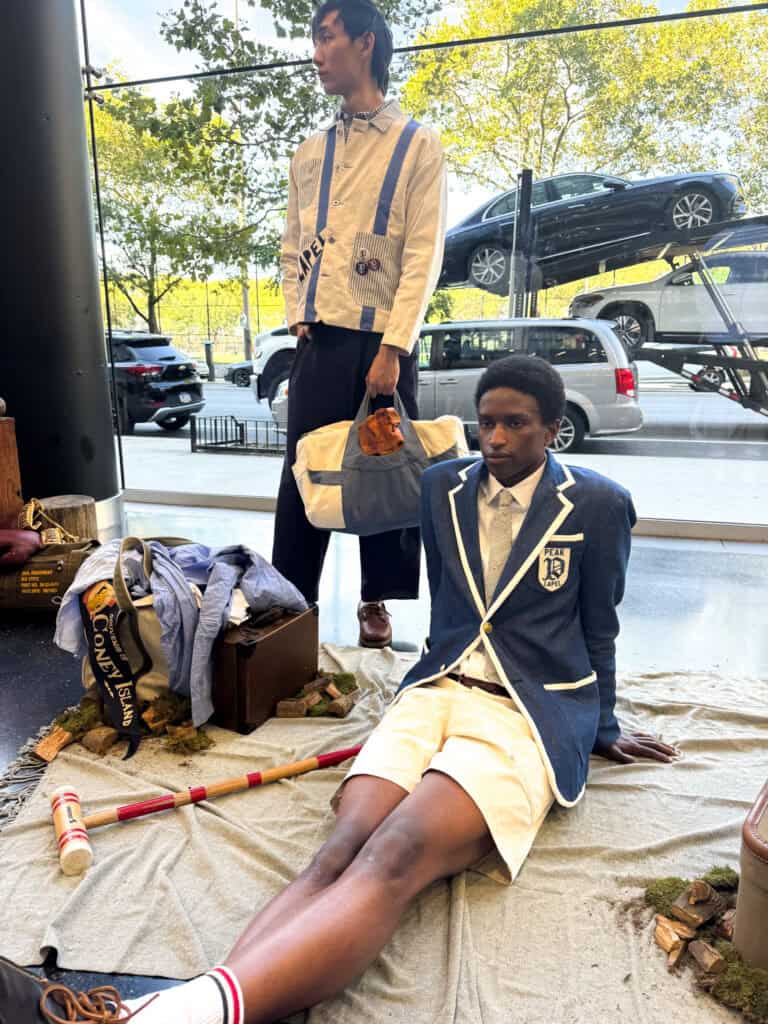
The clothes had the utility of something meant to be played in. However the staging, the music, the conversation, models breaking into easy pauses for the photographers, kept it aspirational. Peak Lapel is chasing the nostalgia of an Ivy League party of bright young things. But with edges sanded down by West Coast nonchalance. If prep once belonged to the elite, in the hands of Milkes and Stedman it becomes sport. Open, democratic, something you can sit on the floor in without ruining the look.
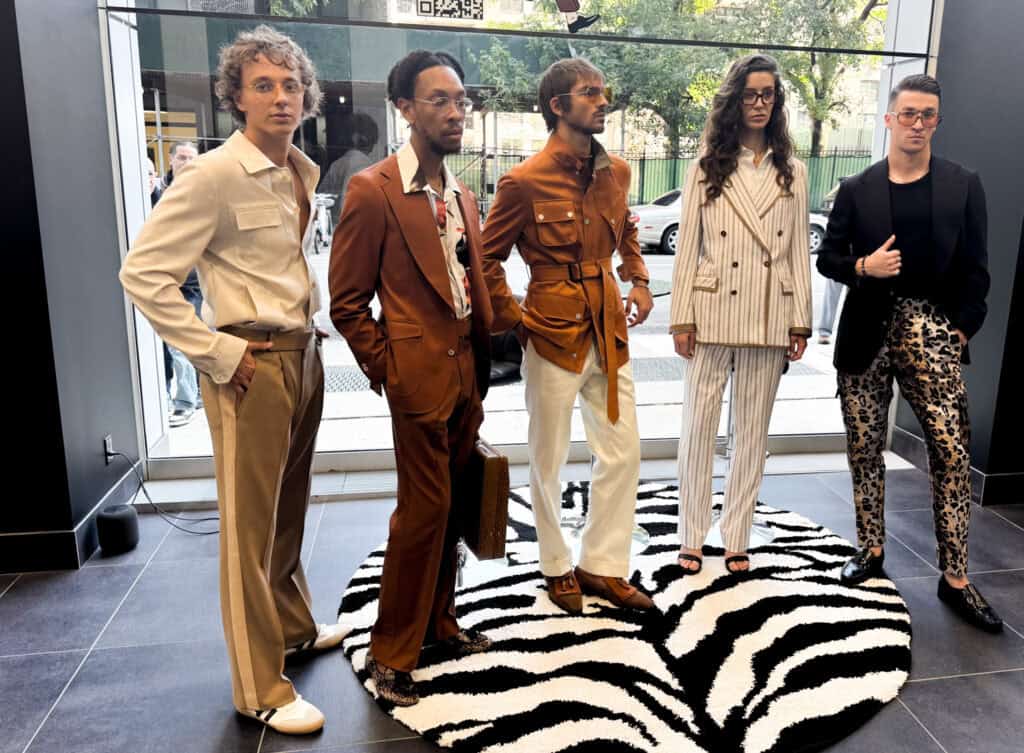
Oxblood Zebra – Debonair Communities
Reuben Shaw, the self-taught tailor behind Oxblood Zebra, has been building his brand on the fault line between bespoke craft and street-level individuality. His Spring 2026 presentation moved directly into discourse: what does elite dressing look like when the definition of “elite” itself is shifting? Historically the term is associated with singular meanings, However, today it has a new form of cultural and social capital, defined by influence, authenticity, and skill.
The reference points were direct and well-stated —old and gentrified enclaves of style in New York City to well dressed resort destinations. Models carried a sharply tailored urban cool but also the deliberateness of a formal occasion. Marigold suits, zebra and cheetah motifs, flashes bold pinstripe: the collection didn’t so much borrow from tradition as remix it with swagger. There were moments of tailoring awe, such as gusseted patch pockets, wide perfectly fitted waist bands and generously cut peak lapels. It’s clear that Shaw’s work has been shown at London Fashion Week to a high trained menswear eye.
Oxblood Zebra insists that “every stitch speaks to legacy.” What Shaw is doing, in truth, is expanding that legacy—showing that tailoring still belongs at the center of American menswear, only now with a sharper acknowledgment of who gets to claim it. Furthermore the Spring 2026 showing at NYMD was a collection as debonair as it was disruptive, playing in the space between Black tie and block party.
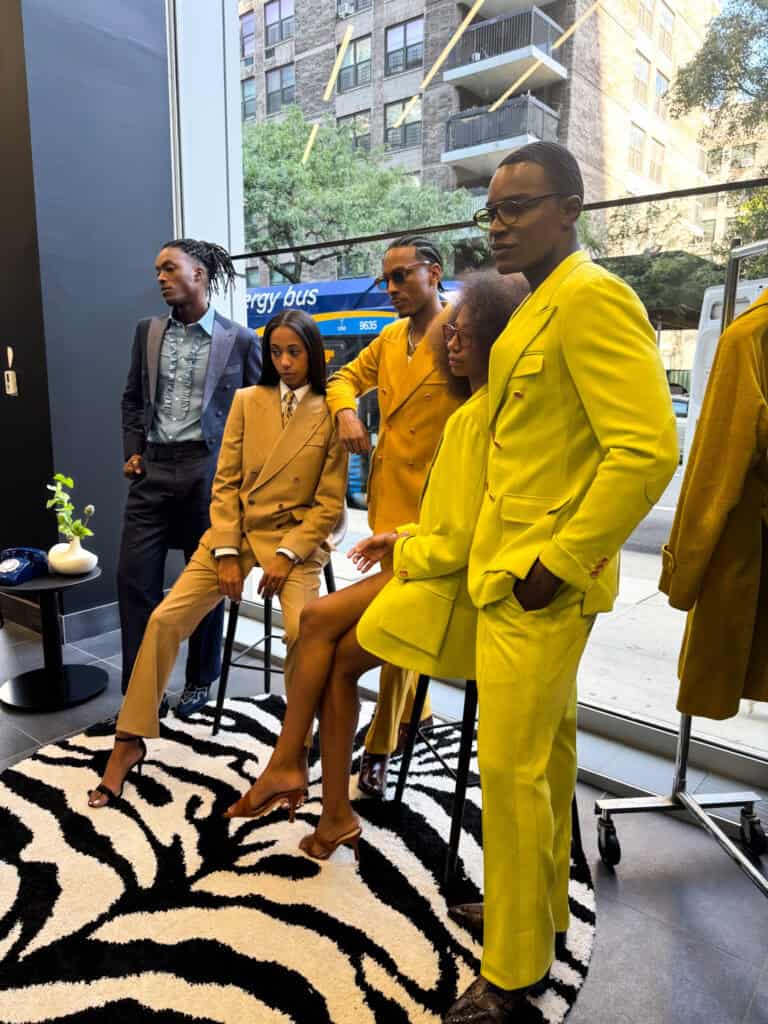
Peak Lapel & Oxblood Zebra
Peak Lapel Instagram
Oxblood Zebra Website
Share this post
Patrick Michael Hughes is a fashion and decorative arts historian. He writes about fashion culture past and present making connections to New York, London and Copenhagen's fashion weeks with an eye toward men's fashion. He joined IRK Magazine as a fashion men's editor during winter of 2017.
He is often cited as a historical source for numerous pieces appearing in the Wall Street Journal, The New York Times, CNN, LVMH, Conde Nast, Highsnobiety and others. His fashion career includes years as a fashion reporter/producer of branded content for the New York local news in the hyper digital sector. Patrick's love of travel and terrain enabled him to becoming an experienced cross-country equestrian intensively riding in a number of locations in South America Scandinavia,The United Kingdom and Germany. However, he is not currently riding, but rather speaking internationally to designers, product development teams, marketing teams and ascending designers in the US, Europe and China.
Following his BA in the History of Art from Manhattanville College in Purchase, New York he later completed graduate studios in exhibition design in New York. it was with the nudge and a conversation in regard to a design assignment interviewing Richard Martin curator of the Costume Institute at the Metropolitan Museum of Art he was encouraged to consider shifting his focus to the decorative arts with a concentration in fashion history and curation.
Patrick completed graduate studies 17th and 18th century French Royal interiors and decoration and 18th century French fashion culture at Musée Les Arts Decoratifs-Musée de Louvre in Paris. Upon his return to New York along with other classes and independent studies in American fashion he earned his MA in the History of Decorative Arts and Design from the Parsons/Cooper Hewitt Design Museum program in New York. His final specialist focus was in 19th century English fashion and interiors with distinction in 20th century American fashion history and design.
Currently, he is an Associate Teaching Professor at Parsons School of Design leading fashion history lecture-studios within the School of Art and Design History and Theory,
Read Next

